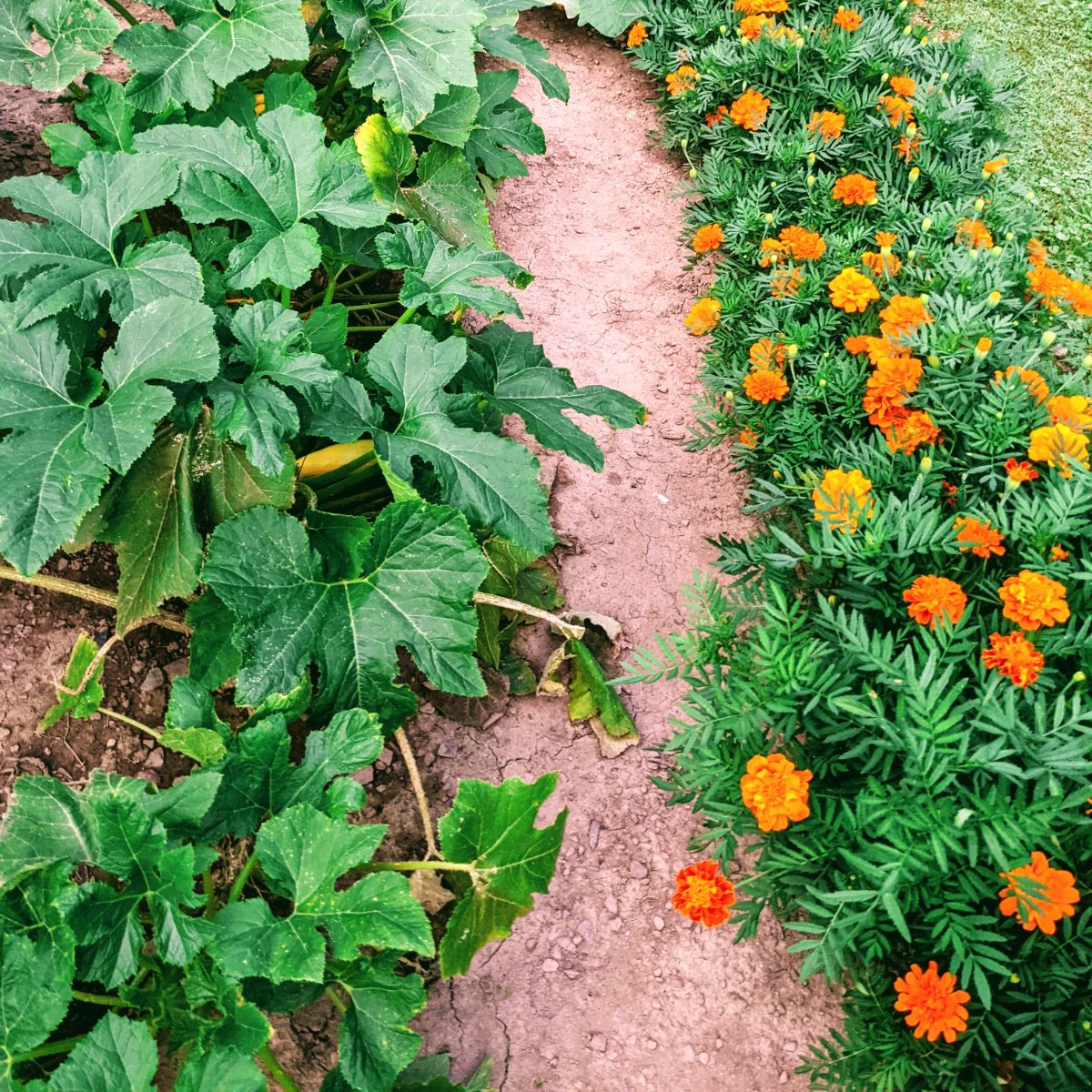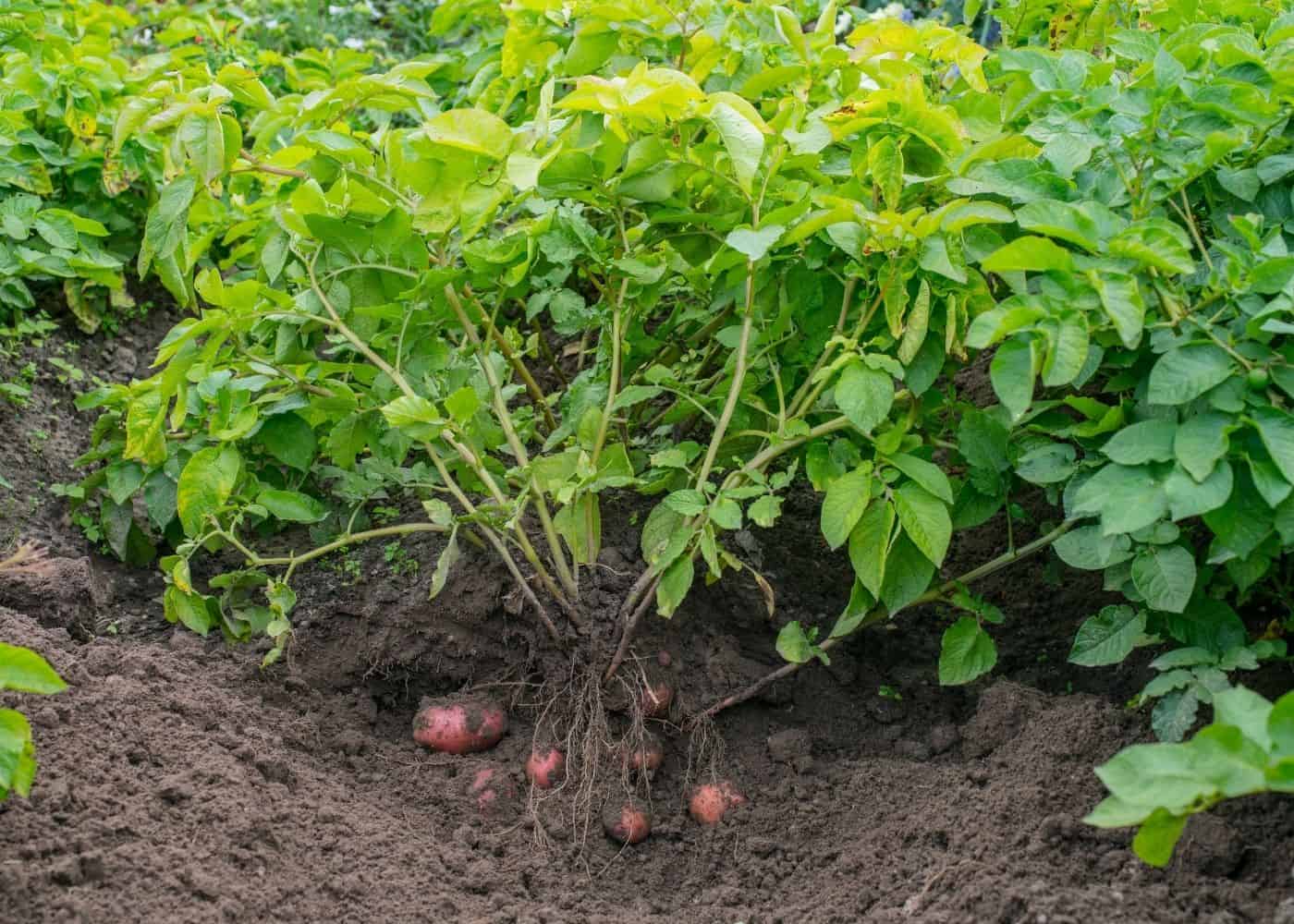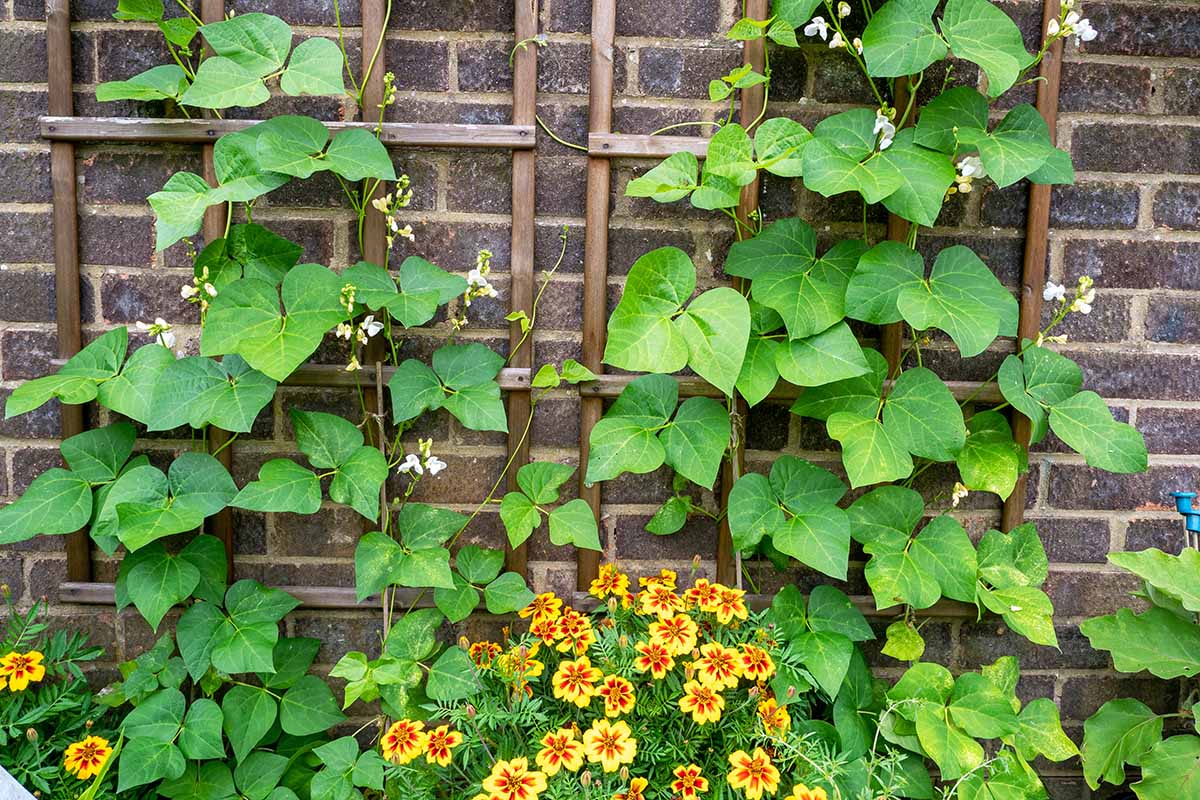The Ultimate Guide To Companion Planting With Beans
The Ultimate Guide to Companion Planting with Beans
Beans are a versatile and delicious vegetable that can be grown in a variety of climates. They are also a great choice for companion planting, as they can benefit from the company of other plants.
In this guide, we will discuss the benefits of companion planting with beans, as well as some of the best companion plants for beans. We will also provide some tips on how to successfully plant beans with their companions.
Benefits of Companion Planting with Beans
There are many benefits to companion planting with beans. Some of the most common benefits include:
- Improved pollination: Some companion plants, such as tomatoes, can help to improve pollination in bean plants. This can lead to higher yields.
- Disease and pest control: Some companion plants can help to deter pests and diseases from beans. For example, marigolds are a good companion plant for beans because they repel Mexican bean beetles.
- Improved soil health: Some companion plants, such as clover, can help to improve the soil health around bean plants. This can lead to healthier plants and higher yields.
- Enhanced flavor: Some companion plants can enhance the flavor of beans. For example, basil is a good companion plant for beans because it adds a delicious flavor to the beans.
Best Companion Plants for Beans
There are many different companion plants that can be grown with beans. Some of the best companion plants for beans include:
- Basil: Basil is a popular companion plant for beans because it adds a delicious flavor to the beans. It also helps to deter pests, such as mosquitoes and aphids.
- Carrots: Carrots are a good companion plant for beans because they help to improve the soil health around the bean plants. They also help to repel root-knot nematodes, which can be a problem for bean plants.

- Cucumbers: Cucumbers are a good companion plant for beans because they help to suppress weeds. They also help to attract pollinators, which can help to improve pollination in the bean plants.

- Marigolds: Marigolds are a good companion plant for beans because they repel pests, such as Mexican bean beetles. They also help to improve the soil health around the bean plants.

- Onions: Onions are a good companion plant for beans because they help to deter pests, such as aphids. They also help to improve the soil health around the bean plants.

- Potatoes: Potatoes are a good companion plant for beans because they help to improve the soil health around the bean plants. They also help to attract pollinators, which can help to improve pollination in the bean plants.

- Squash: Squash is a good companion plant for beans because it helps to suppress weeds. It also helps to attract pollinators, which can help to improve pollination in the bean plants.
Tips for Companion Planting with Beans
When companion planting with beans, there are a few things to keep in mind:
- Plant the right companions: Not all plants are compatible with beans. Be sure to research the best companion plants for beans before you plant them.
- Plant the companions in the right place: The companions should be planted in the right place around the bean plants. For example, marigolds should be planted around the perimeter of the bean plants to help deter pests.
- Water and fertilize the companions: The companions should be watered and fertilized just like the bean plants.
- Monitor the plants: Monitor the plants for signs of pests or diseases. If you see any problems, take steps to correct them.
Conclusion
Companion planting with beans is a great way to improve the health and productivity of your bean plants. By planting the right companions in the right place, you can help to deter pests, improve pollination, and improve the soil health around your bean plants.
With a little planning, you can easily create a thriving bean garden by companion planting.
Beans are a versatile and delicious vegetable that can be enjoyed in many different ways. But did you know that there are certain plants that can help beans grow better? These are called companion plants, and they can provide a number of benefits to beans, such as:
- Attracting beneficial insects. Some companion plants, such as marigolds and nasturtiums, attract beneficial insects that help to control pests. This can help to keep your beans healthy and free of pests.
- Improving soil quality. Other companion plants, such as peas and clover, help to improve soil quality by fixing nitrogen. This means that they can help to provide beans with the nutrients they need to grow strong and healthy.
- Providing shade. Some companion plants, such as corn, can provide shade for beans. This can be helpful in hot climates, as it can help to protect beans from the sun's harsh rays.
If you're interested in learning more about companion plants for beans, I recommend visiting Gardenia Inspiration. This website has a comprehensive list of companion plants for beans, as well as information about the benefits of companion planting.
FAQ of beans companion plants
Q: What are some good companion plants for beans?
A: Beans are a versatile crop that can be paired with a variety of other plants. Some of the best companion plants for beans include:
- Corn: Corn provides support for bean vines, and beans fix nitrogen in the soil, which benefits corn.
- Squash: Squash shades the soil, which helps to keep it cool and moist, which beans prefer.
- Carrots: Carrots help to repel pests that can damage beans.
- Lettuce: Lettuce helps to suppress weeds, which can compete with beans for nutrients and water.
- Herbs: Many herbs, such as basil, mint, and rosemary, can help to deter pests from beans.
Q: What are some plants that should not be planted near beans?
A: There are a few plants that should not be planted near beans, as they can compete for nutrients or attract pests. These plants include:
- Tomatoes: Tomatoes and beans compete for nutrients, so it is best to plant them in separate areas of the garden.
- Potatoes: Potatoes can attract the Colorado potato beetle, which can also damage beans.
- Cucumbers: Cucumbers and beans can both attract cucumber beetles, so it is best to plant them in separate areas of the garden.
- Peas: Peas and beans compete for nitrogen, so it is best to plant them in separate areas of the garden.
Q: How do companion plants benefit beans?
A: Companion plants can benefit beans in a number of ways, including:
- Attracting beneficial insects: Some companion plants attract beneficial insects, such as ladybugs and lacewings, which help to control pests that can damage beans.
- Providing shade: Some companion plants, such as squash, can provide shade for bean vines, which can help to keep them cool and prevent them from wilting.
- Suppressing weeds: Some companion plants, such as lettuce, can help to suppress weeds, which can compete with beans for nutrients and water.
- Fixing nitrogen: Some companion plants, such as legumes, fix nitrogen in the soil, which benefits beans.
Q: How do I plant companion plants with beans?
A: When planting companion plants with beans, it is important to consider the size and growth habit of both plants. For example, if you are planting corn and beans together, you will need to make sure that the corn has enough space to grow tall without shading the beans.
It is also important to plant companion plants at the same time as beans. This will help to ensure that the plants have a chance to establish themselves before any pests or diseases attack.
Image of beans companion plants
5 different images of "beans companion plants" from Pinterest:
- Beans and corn: This is a classic companion planting combination. The beans attract beneficial insects that prey on corn pests, and the bean vines are supported as they climb up the corn stalks.

- Beans and tomatoes: Tomatoes and beans are both nitrogen-fixing plants, which means they can help to enrich the soil for each other. They also help to deter pests from each other.
- Beans and marigolds: Marigolds help to repel pests from beans, such as aphids, beetles, and whiteflies. They also help to improve the flavor of the beans.

- Beans and carrots: Carrots help to improve the drainage of the soil for beans, and they also help to deter the carrot fly from beans.

- Beans and spinach: Spinach helps to suppress weeds that can compete with beans for water and nutrients. It also helps to attract beneficial insects to the beans.

Post a Comment for "The Ultimate Guide To Companion Planting With Beans"